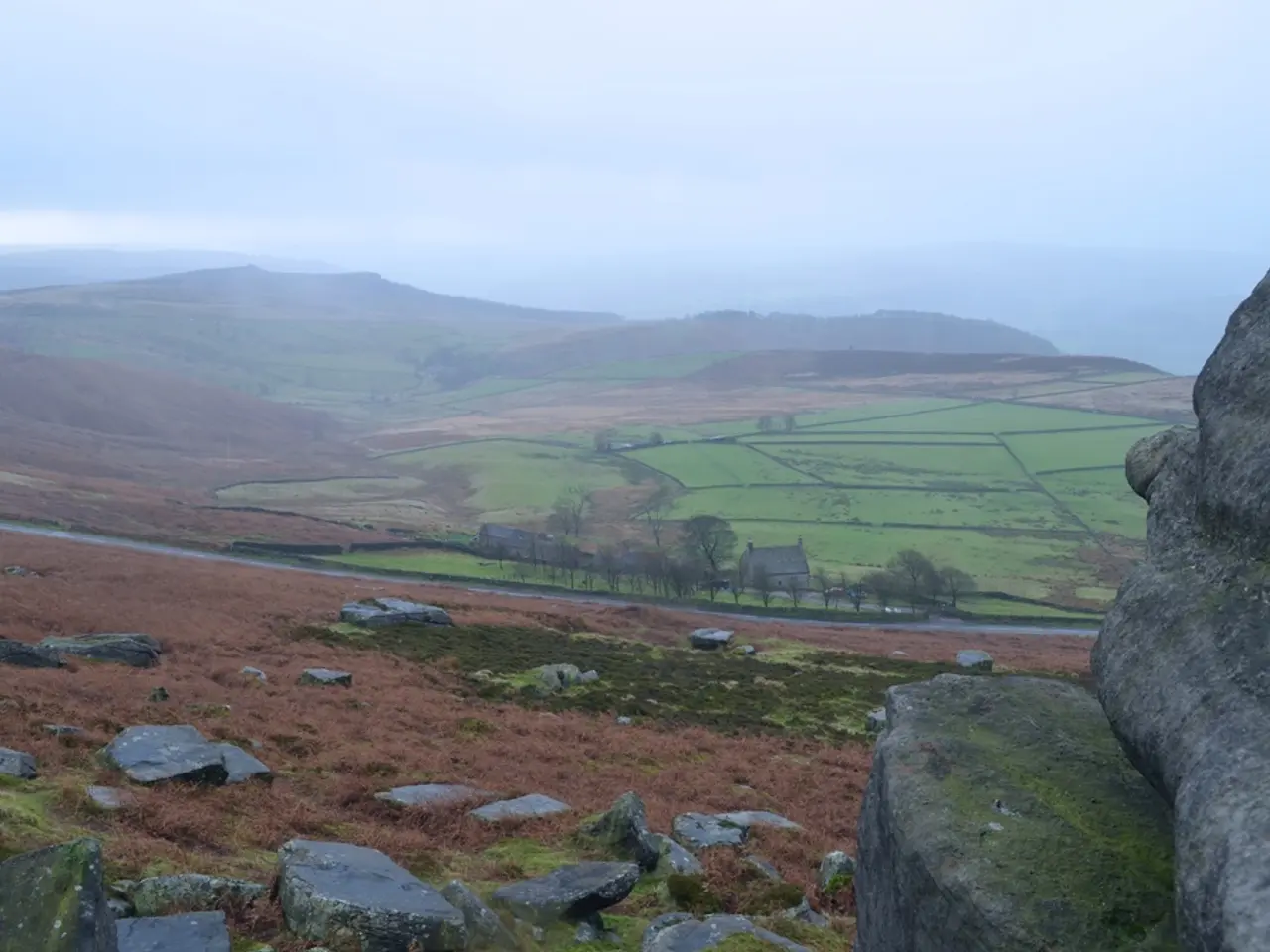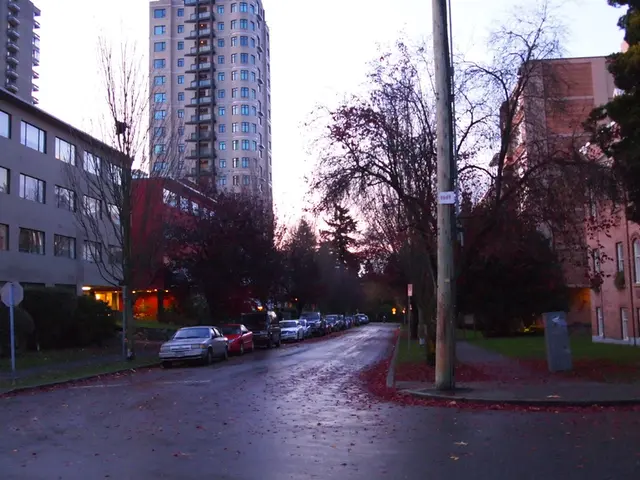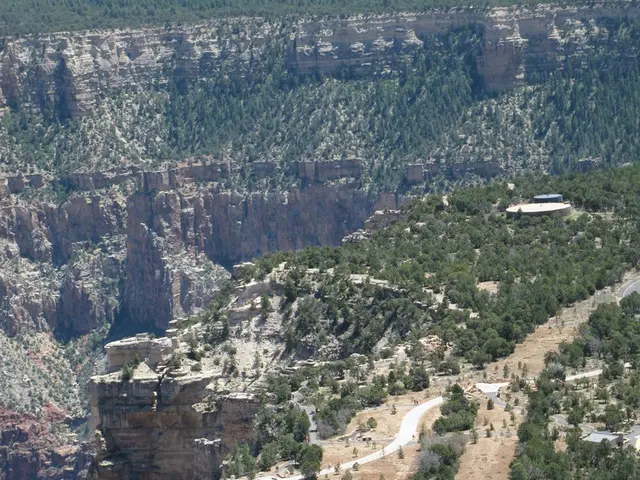Detailed Insight into Glacier National Park: A Comprehensive Guide
Glacier National Park, nestled in the heart of Montana, is a breathtaking testament to the beauty of nature. Established in 1910 and covering 1,013,322 acres, the park is named for its numerous glaciers and is home to one of the nation's most intact ecosystems.
The park's east side borders the Blackfeet Nation and reservation towns like East Glacier. Visitors can access the park through two main entry points: West Glacier and St. Mary.
Going-To-The-Sun Road, a must-visit, offers numerous viewpoints and is a gateway to the park's stunning landscapes. However, in winter, the road does not open past Lake McDonald Lodge.
Pets are welcome in developed campgrounds, picnic areas, and parking areas, but they must be under control and on a leash at all times. Unfortunately, pets are not allowed on trails, in buildings, in the backcountry, or along lakeshores not in developed areas.
For those seeking adventure, the park offers a variety of activities. Backpackers can crash in the vast backcountry year-round with a wilderness camping reservation and a wilderness permit. Hikers can spend the night at two rustic backcountry cabins: Sperry Chalet and Granite Park Chalet.
Glacier National Park is also a Dark Sky Park, allowing visitors to see the Milky Way at night. For a unique view, Goat Lick Overlook provides a view of a lofty railroad trellis and possibly spotting Rocky Mountain goats.
Many facilities and activities are unavailable in winter, but observing Glacier's landscapes and wildlife is a fascinating time. In winter, Apgar Visitor Center operates throughout the colder months.
The park has eight developed campgrounds and five primitive campgrounds that are accessible by road. Two private companies, Red Bus Tours and Sun Tours, run motorized tours inside the park. Both Sun Tours and Red Bus have wheelchair-accessible vehicles.
Ninety-minute boat tours of St. Mary Lake depart from a floating dock at Rising Sun Campground. Glacier Adventure Guides organizes guided snowshoeing, cross-country skiing, and multi-day winter camping trips inside the national park.
The park had 2.9 million visitors in 2023. Visitors can pick up a park brochure in braille, and Glacier offers audio tours and audio-described videos on various park subjects.
The entrance fee for a vehicle is $35 and for a person is $20. The park's glaciers are shrinking due to global climate change, making it a crucial time to visit and appreciate this natural wonder.
Apgar, St. Mary, and Logan Pass are visitor centers in the park. Apgar Nature Center offers interactive exhibits, games, and activities for kids during the summer months. St. Mary lies at the eastern end of Going-to-the-Sun Road and offers a national park visitor center.
The park is home to a variety of wildlife, including grizzly bears, mountain lions, and wolves. While the organization that aims to track and study these animals using dogs is not explicitly named, it's an important part of the park's conservation efforts.
For those seeking a more adventurous way to explore the park, the North Fork of the Flathead River offers the park's best and only whitewater rafting. West Glacier-based outfitters like River Wild Adventures and Glacier Raft Company provide rafting trips on the North Fork.
In conclusion, Glacier National Park is a must-visit destination for nature lovers and adventure seekers alike. With its stunning landscapes, diverse wildlife, and numerous activities, there's something for everyone in this Montana wonder.







